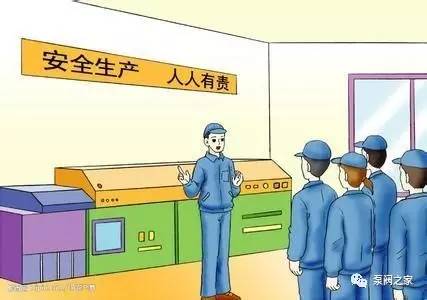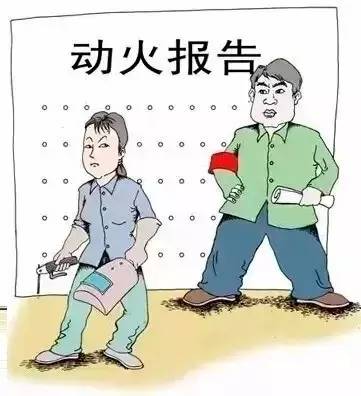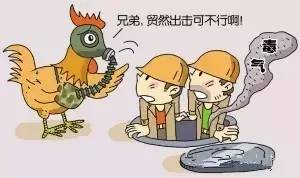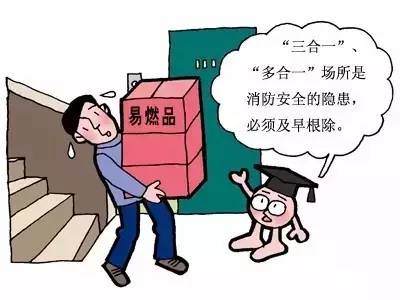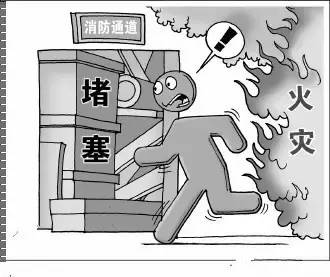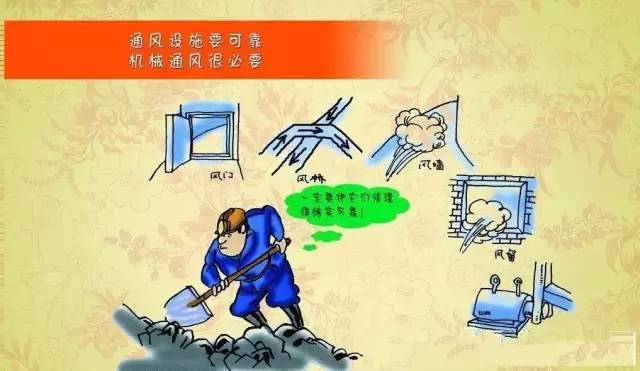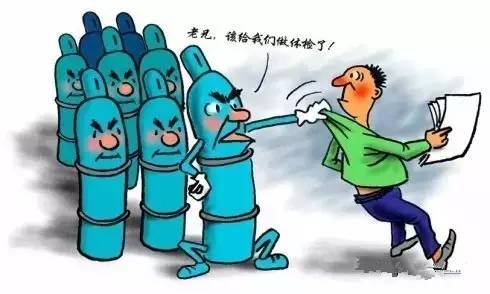1. Is there any "three violations" at the production site? ■“Three violations†refers to violations of regulations, illegal operations, and violation of labor discipline. â– Employees on-site operation operate and wear labor protection products in accordance with safe operating procedures. There are different regulations for the staffing and use of labor insurance products in different industries. For example, construction workers should equip and use helmets, overalls, work shoes, gloves, etc. The crushers should focus on the use and use of dust masks, fitters, machine tools, and Use protective leather shoes, protective glasses, etc. Second, whether the workshop and warehouse environment are neat and tidy, and whether the materials are stacked in an orderly manner â– If the oxygen cylinder or acetylene bottle can not be exposed to the sun or inverted, the two cylinders cannot be placed in the same place (the spacious and well-ventilated places can be stacked 5 meters apart). 3. Is the management of dangerous goods regulated? â– Whether the management of drugs and explosives is “five pairsâ€, whether hazardous chemicals are placed in stock, whether hazardous chemicals have safety technical specifications and safety labels. 4. Whether safety equipment and safety warning signs are installed in key projects and key equipments 5. Whether the use of hot fire has been approved and effective protective measures have been taken 6. Whether there are safety precautions for dangerous operations such as high-altitude suspension and limited space operations. â– If the construction plan and safety operation procedures are formulated, safety precautions are taken, and the safety area at the job site is set up; the construction is carried out by the qualified units and professionals; the special person is determined to conduct on-site unified command; and the safety production management personnel conduct on-site supervision. 7. Whether the setting of workshop, warehouse and staff dormitory meets the safety requirements 8. Are the workshops and staff quarters set up safe exits and evacuation passages according to regulations, and whether the fire-fighting equipment facilities are set according to regulations? â– 1. The safety exit of the factory building should generally not be less than 2; however, one can meet the following requirements: (1) The construction area of ​​each floor of Class A plant shall not exceed 100 square meters, and the number of production at the same time shall not exceed 5 persons. (2) The construction area of ​​each floor of Class B plant shall not exceed 150 square meters, and the number of production at the same time shall not exceed 10 persons. (3) The construction area of ​​each floor of Class C plant shall not exceed 250 square meters, and the number of production at the same time shall not exceed 20 persons. (4) The construction area of ​​each floor of Ding and E plant shall not exceed 400 square meters, and the number of production at the same time shall not exceed 30. â– 2. Factory evacuation channels include stairs, walkways and doors: The width of the evacuation stairs is not less than 1.1m, the width of the walkway is not less than 1.4m, the width of the evacuation door is not less than 0.9m and the door is to be opened outwards (when the number of people is less than 50, it can be appropriately reduced, but the width of the door Not less than 0.8m). Emergency lighting and evacuation lights should be installed on stairs and walkways. â– 3, fire equipment: Fire extinguishers should be configured according to the hazard level of the establishment. When configuring the fire extinguisher, it should be selected according to the production nature of the enterprise. For example, the petrochemical site should be equipped with foam or ABC dry powder fire extinguisher. The precision instrument should be equipped with gas (carbon dioxide, halogenated alkane) fire extinguisher. Other places should be equipped with ABC dry powder fire extinguisher. Nine, ventilation and dust removal meet the requirements â– In the production process, there are workshops that generate trace amounts of heat, steam, smoke, and dust. Are there any natural ventilation for doors and windows; whether the workshops are more serious, use mechanical ventilation to eliminate harmful substances. 10. Whether electrical equipment and installation comply with industry standards and safety conditions, electrical equipment includes devices for power generation, transformation, transmission or use of electricity â– 1. Transmission and distribution lines: Class A plant, warehouse, the nearest horizontal distance of Class A and B liquid, gas storage tank and power overhead line is not less than 1.5 times the height of the pole, and Class C liquid storage tank is not less than 1.2 of pole height. Times. The wires in the factory building cannot be connected indiscriminately, and the wire and copper wire cannot be used instead of the fuse. â– 2. When the length of the power distribution room is more than 7m and the building area is more than 60m, there should be 2 exits; the door of the power distribution room should be opened outward; the windows of the power distribution room should adopt measures to prevent rain, snow and small animals from entering. . â– 3. Electrical equipment should be grounded. â– 4. Electrical equipment such as switches and lighting for the production and storage of dangerous goods should be equipped with explosion-proof devices. The wires should be protected by non-combustible pipes. The incandescent lamps in the warehouse should be below 60w (normal fluorescent lamps are strictly prohibited). 11. Does the special equipment have a valid safety certificate? â– For the use of special equipment such as boilers, pressure vessels, elevators, cranes, etc., it must pass the registration, inspection and inspection of the quality and technical supervision department, and obtain the use certificate. 12. Has the major hazard source adopted effective monitoring measures? XIII. Are the relevant safety rules and regulations and safety operating procedures in place? 14. Other aspects that need to be checked â– 1. Whether the construction project has undergone a “three simultaneous†review of safety production. According to regulations, to be safe production of "three simultaneous" review construction projects are: First, mine construction projects, second is the construction project for the production, storage of hazardous substances, and the third is the use of highly dangerous chemicals hazardous industries construction projects, the four belongs to major hazards management supervision of construction projects within the scope of the five projects is dangerous with fire and explosion, six greater impact of construction projects on the national, regional economy, seven is otherwise provided for by the state, industry projects, eight It is another construction project with more danger or higher degree of safety confirmed by the safety production supervision and management department. The steps of the review are divided into a preliminary design review and a completion acceptance review. â– 2. Whether the high-risk enterprises have conducted safety evaluation according to the regulations. Refers to the production, storage and production, storage, operation and use of dangerous chemicals, high-risk enterprises such as mines, fireworks and firecrackers, as well as enterprises with major hazards, which must be evaluated in accordance with national regulations. â– 3. Does the employee have extra time labor? â– 4, according to the production characteristics of the industry, carry out some targeted key inspections and rectification work, such as the safety situation of the tannery of the tannery enterprise, whether the high-risk enterprises install anti-static devices, lightning protection devices. â– 5. Whether the company's responsible person, safety management personnel, and special operations personnel have been certified to work, and whether the employees have passed the “three-level trainingâ€. Objective To develop Chlorine Dioxide Disinfection powder packed in single-ingredient that is more convenient for use and transportation. Methods Orthogonal experiment was adopt to improve disinfection powder. Stability test, suspension quantitative bactericidal test, simulation field trial and toxicity test were carried out according to Technical Standard for Disinfection, 2002 edition, Experimental Technical Standard, Ministry of Health, PRC. Results[WTBZ] The results of orthogonal experiment showed that the type of water had no effect on disinfection powder and the best ratio of natrium chlorite to citric acid was 1:3.10 gramme disinfection powder was fully dissolved in 20 milliliter water for 2 minutes, and then diluted by water to 500 milliliter; after 5 to 10 minutes, the concentration of chlorine dioxide could reach 272 mg/?L. After storing at 54 ℃ for 14 days, the average content of chlorine dioxide decreased by 5.03%.In suspension quantitative bactericidal test, the average killing logarithm value (KL) of Staphylococcus aureus and that of Escherichia coli exposed to solution containing 100 mg/?L chlorine dioxide for 2 minutes were over 5.00.In simulation field trial, the average KL of Escherichia coli exposed to solution containing 100mg/?L chlorine dioxide for 5 minutes was over 3.00. The disinfection powder was non-toxic, non-irritative for rabbit skin and had no function of inducing micronucleus of polychromatic erythrocytes of mouse marrow. Conclusions The solid chlorine dioxide disinfection powder packed in single-ingredient has bactericidal function.Such as environment friendly chemical clo2. Chlorine Dioxide Powder, Pure Chlorine Dioxide, Chlorine Dioxide Granular Nanjing Ligong Shuifu Environmental Protection Technology Co.,Ltd. , http://www.watermanclo2.com